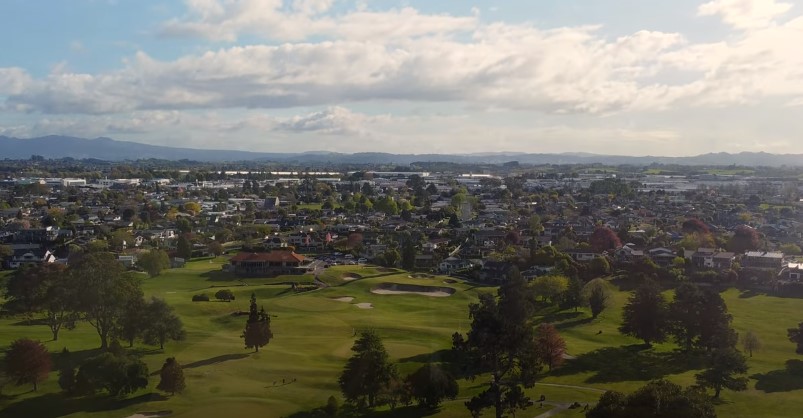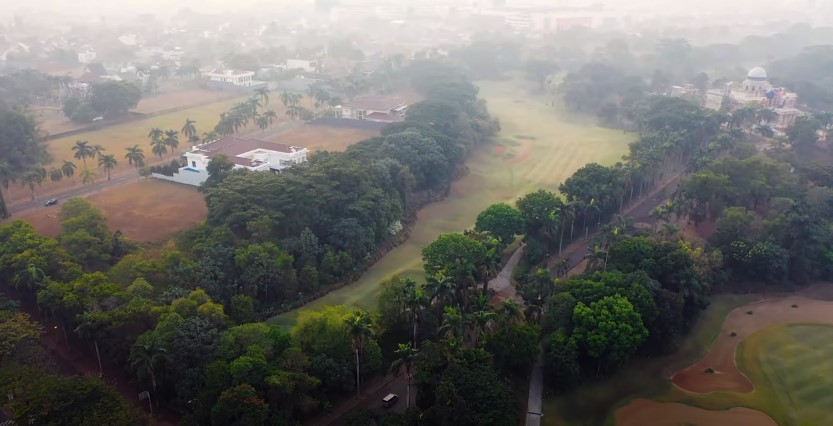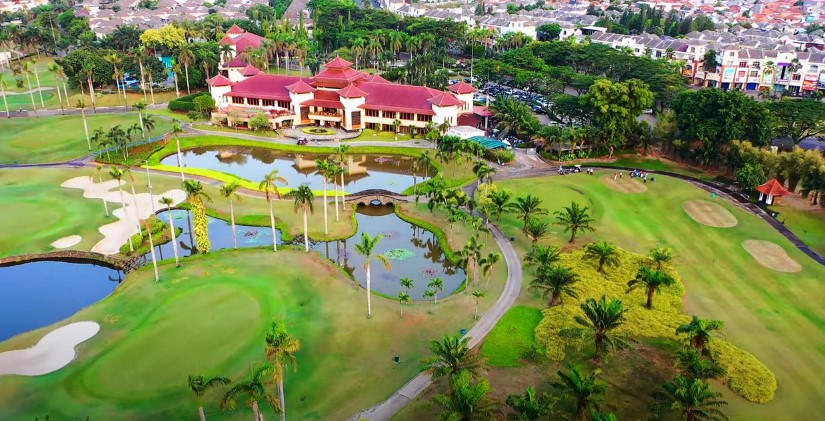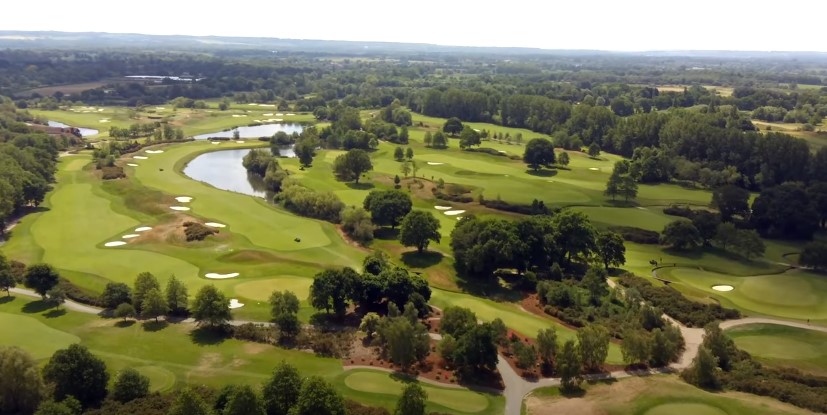Determining the cost of constructing a golf course involves a multitude of factors, each influencing the overall expense.
In the following sections, we’ll delve into the key considerations that impact the budget, helping you gain a clearer picture of the financial aspects involved in bringing a golf course to life.
How Much Does It Cost to Build a Golf Course?
Constructing a golf course typically comes with a hefty price tag. The median expense hovers around $14 million, exclusive of land acquisition. You’ll find some budget-friendly options starting at $7 million, while more lavish projects can reach up to $25 million.
Don’t underestimate the importance of building greens, which can set you back approximately $60 per square foot.
Factors That Influence the Cost of Building a Golf Course
Building a golf course involves a complex interplay of various factors that can significantly influence the overall cost of the project. These factors span from the choice of location to the specific amenities offered, and they play a crucial role in determining the budget required for creating a golfing oasis.

Below are the multitude of elements that can influence the cost of building a golf course, shedding light on the intricacies of this fascinating endeavor.
Location Matters
The geographical setting in which a golf course is to be built is perhaps the most fundamental determinant of its cost.
Urban locations with high land prices can substantially escalate expenses, while rural or less developed areas may offer more budget-friendly options. Additionally, factors like accessibility, climate, and local regulations can further impact costs.
Land Acquisition
Securing the land itself is a significant portion of the expenditure. Costs vary dramatically based on location and size, with prime real estate in sought-after areas demanding premium prices.
Furthermore, the condition of the land, its topography [1], and any necessary land preparation can also affect the overall cost.

Course Design and Layout
The intricacy of the golf course’s design and layout is another crucial aspect. Highly challenging and visually appealing courses designed by renowned architects can drive up expenses.
On the other hand, a simpler layout with fewer features and hazards can be more budget-friendly.
Golf Course Size and Type
The size and type of golf course being developed greatly impact costs. An 18-hole championship course will typically be more expensive to build than a 9-hole executive course.
Furthermore, different types of courses, such as resort courses, private clubs, or public courses, have distinct requirements that influence costs.
Environmental Considerations
Compliance with environmental regulations and sustainability practices can add expenses.

Protecting natural habitats, managing water resources, and implementing eco-friendly features may require additional investments, but they can also enhance the course’s long-term viability.
Infrastructure and Amenities
The infrastructure and amenities provided on the golf course can significantly influence the cost. Features such as clubhouses, dining facilities, pro shops, and practice areas contribute to the overall budget.
Decisions regarding the quality and scale of these amenities play a vital role in cost management.
Irrigation and Drainage Systems
Effective irrigation and drainage systems are essential for maintaining the course’s condition. Installing advanced systems that conserve water and minimize runoff may increase the initial investment but can lead to long-term savings and sustainability.
Grass and Greens
Creating and maintaining lush fairways and greens is integral to a golf course’s appeal. The choice of grass and the cost of seeding or sodding can vary widely.

Greens construction, in particular, can be costly, with factors like the type of grass and its maintenance requirements influencing expenses.
Bunkers and Hazards
The design and construction of bunkers, water hazards, and other features impact both the aesthetics and playability of the course. These elements can vary in complexity, with more elaborate designs requiring more substantial investments.
Clubhouse and Facilities
The clubhouse and related facilities are focal points of a golf course. The size, design, and amenities within the clubhouse can significantly affect costs. Decisions regarding architectural style, interior finishes, and furnishing contribute to the budget.
Permits and Regulations
Navigating through the permitting process and adhering to local regulations can entail legal fees and compliance costs. These expenses are often necessary to ensure the golf course aligns with zoning and environmental requirements.
Professional Fees and Consultations
Engaging architects, course designers, and other experts can be expensive but is crucial for a successful project. Their expertise can optimize the course’s design and layout, ensuring it meets industry standards and player expectations.

Contingency and Unforeseen Costs
Unforeseen challenges, such as adverse weather conditions, geological issues, or construction delays, can necessitate contingency funds. Building a buffer for unforeseen costs is a prudent financial strategy.
Market Demands and Competition
The local market and competitive landscape also play a role in cost considerations. Meeting specific expectations for quality and features may be necessary to attract golfers and generate revenue, even if it involves higher initial investments.
Financing and Economic Factors
The availability of financing and prevailing economic conditions can influence project costs. Interest rates, inflation, and access to capital can impact the cost of borrowing money for construction.
How Much Land Does It Take to Build a Golf Course?
The amount of land required to build a golf course varies depending on several factors, including the course’s size, layout, and type. Typically, a standard 18-hole golf course can span anywhere from 100 to 200 acres or more.
This land includes fairways, greens, tees, rough areas, and various hazards like bunkers and water features. Moreover, additional acreage may be needed for clubhouses, parking facilities, and maintenance areas.

For smaller-scale courses like 9-hole courses or executive courses, the land requirement can be significantly less, often ranging from 30 to 90 acres. Par-3 courses, designed for beginners and short games, may require even less space, typically between 10 to 30 acres.
It’s essential to consider the local terrain, topography, and environmental regulations when determining land requirements. Additionally, the course’s design and layout play a crucial role in land allocation.
Ultimately, the size of the golf course should align with the developer’s vision, available land, and budget constraints.
How Long Does It Take to Build a Golf Course?
The timeline for building a golf course can vary significantly depending on multiple factors. On average, it takes approximately 12 to 24 months to complete a golf course from the initial planning stages to the final construction phase.

However, several variables can either expedite or extend this timeframe. Key factors affecting the duration include the complexity of the course design, the size of the project, the availability of resources and labor, and any unexpected setbacks such as weather-related delays or permitting issues.
More elaborate golf courses with intricate landscaping, water features, and extensive amenities may require a longer construction period. Additionally, environmental considerations and land preparation can influence the timeline.
Courses built on land with minimal grading and environmental impact studies may progress faster, while projects involving significant earthmoving or ecological preservation measures might take longer.
Effective project management, experienced contractors, and good weather conditions can help ensure that a golf course is completed within the anticipated time frame.

Is Owning a Golf Course Profitable?
Owning a golf course can be profitable, but it’s a venture with a range of financial variables and considerations. Profitability depends on factors such as location, course type, management efficiency, and market demand.
Golf courses in prime, high-traffic areas with favorable weather conditions often have a better chance of profitability. Additionally, factors like a well-designed course, high-quality facilities, and effective marketing can attract more players and increase revenue.

However, golf course ownership comes with significant operating expenses, including maintenance, staff wages, water, and equipment costs. It’s crucial to carefully manage these expenses to maximize profitability. Diversifying revenue streams by offering lessons, hosting events, and running a pro shop can also boost income.
Ultimately, a well-managed golf course in the right location with strong demand can be profitable, but it requires careful financial planning, efficient operations, and a focus on customer satisfaction to achieve and sustain profitability in a competitive industry.
Conclusion
The cost of building a golf course is a complex equation influenced by numerous factors. From land acquisition to course design and amenities, each element plays a significant role in shaping the overall budget.
Careful consideration of these factors is essential for a successful and cost-effective golf course construction project.

